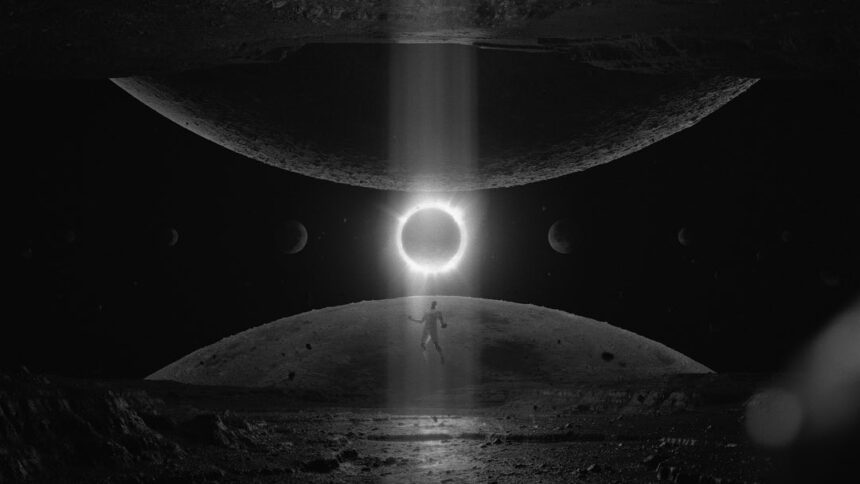A recent ad by Under Armour featuring boxer Anthony Joshua has sparked controversy among creatives on Instagram after its director claimed it as the “first Ai-powered sports commercial.” Critics in the industry argue that the ad reused others’ work without giving credit, part of what they call an AI hype cycle cash grab.
Director Wes Walker shared the ad on Instagram this week, stating: “Under Armour asked us to create a film using only existing assets, a 3D model of Anthony Joshua, and no direct access to the athlete. This project incorporates Ai video, Ai photo, 3D CGI, 2D VFX, motion graphics, 35mm film, digital video, and advancements in Ai voiceover.”
Viewed independently, the ad appears visually appealing with a mixture of live footage, 3D models, landscapes, and abstract scenes, all depicted in contrasting monochrome.
While Walker emphasized a quick three-week timeline for the project, he emphasized the importance of remaining focused on telling compelling stories and inspiring the human spirit with innovative visuals. However, other creatives were quick to point out that the ad heavily borrowed from another filmmaker’s work, neglecting to give due credit.
The caption mentioned the use of 35mm film in the production, but it failed to acknowledge an entire pre-existing film directed by Gustav Johansson two years prior. Johansson raised concerns in the comments, highlighting that footage featuring the athlete was shot by another photographer for a commercial he worked on.
Following criticism from Johansson, Chemetoff, and others, the director eventually added credits to the post, acknowledging the original creators’ contributions. The incident prompted a broader discussion among creatives about the implications of brands leveraging AI to repurpose existing content without proper recognition.
Many in the industry cautioned against allowing companies to exploit technology to minimize creative input and disregard ethical considerations when reusing artistic material. They emphasized the need for maintaining artistic integrity and ensuring fair recognition for creators’ work, particularly in the evolving landscape of AI-driven content creation.
Amidst the controversy, various professionals in the field emphasized the importance of ethical practices and solidarity among filmmakers to uphold artistic standards and resist the commodification of creativity. As the debate unfolds, it underscores a critical moment for creatives to advocate for transparency, fair credit, and artistic integrity in the face of technological advancements.
While the director and production team faced backlash for their handling of the ad, the broader responsibility may rest with Under Armour for rushing to capitalize on AI trends without fully acknowledging the contributions of original creators. The incident serves as a reminder of the value of analog and human-centric artistic processes in creating authentic and impactful content.









